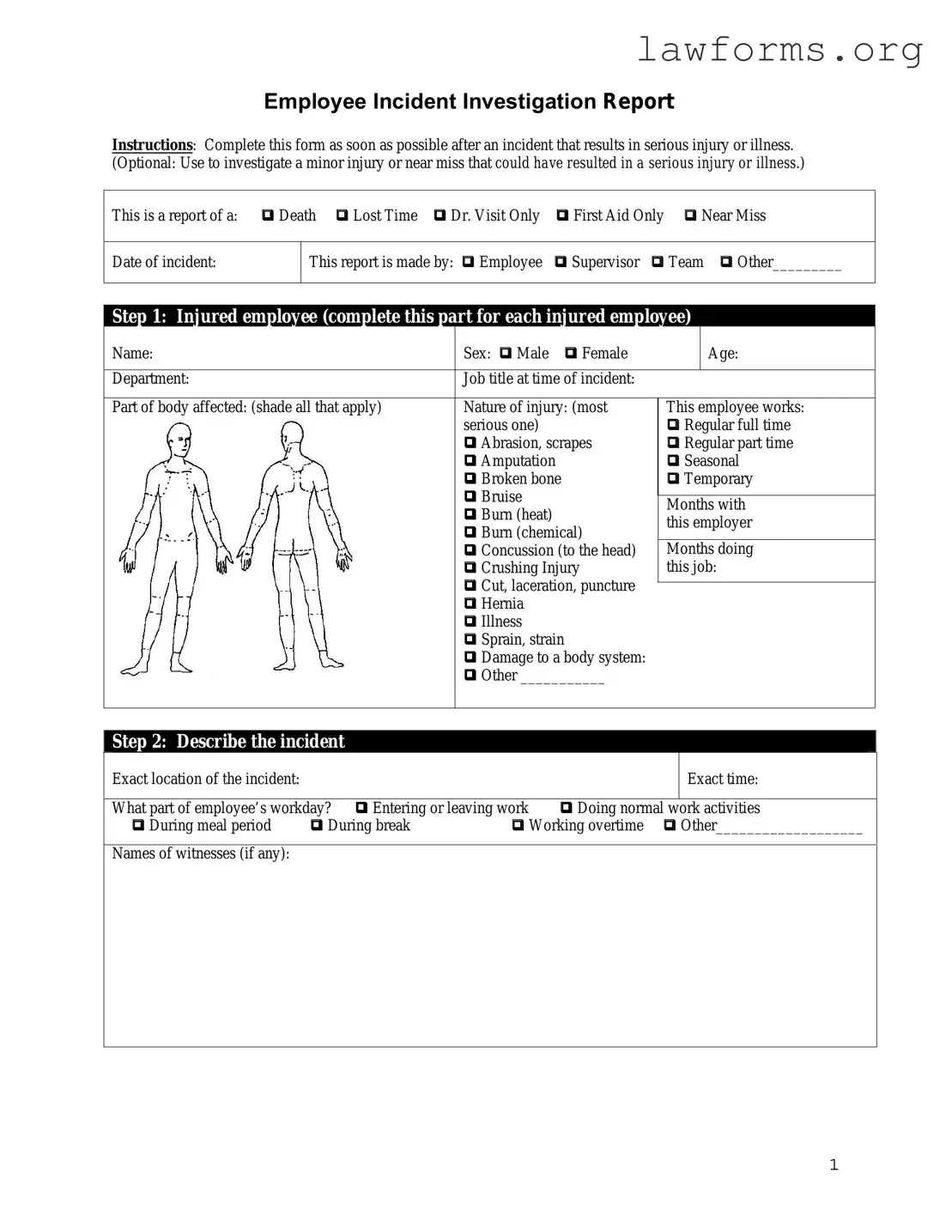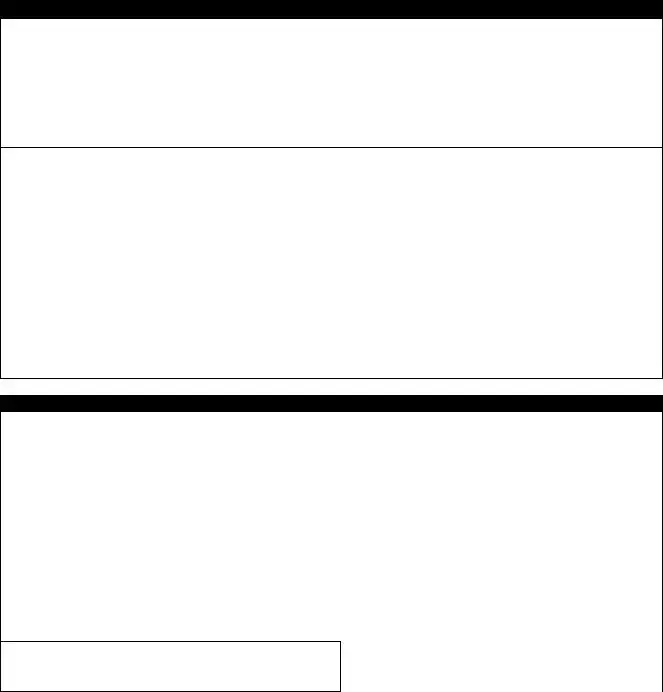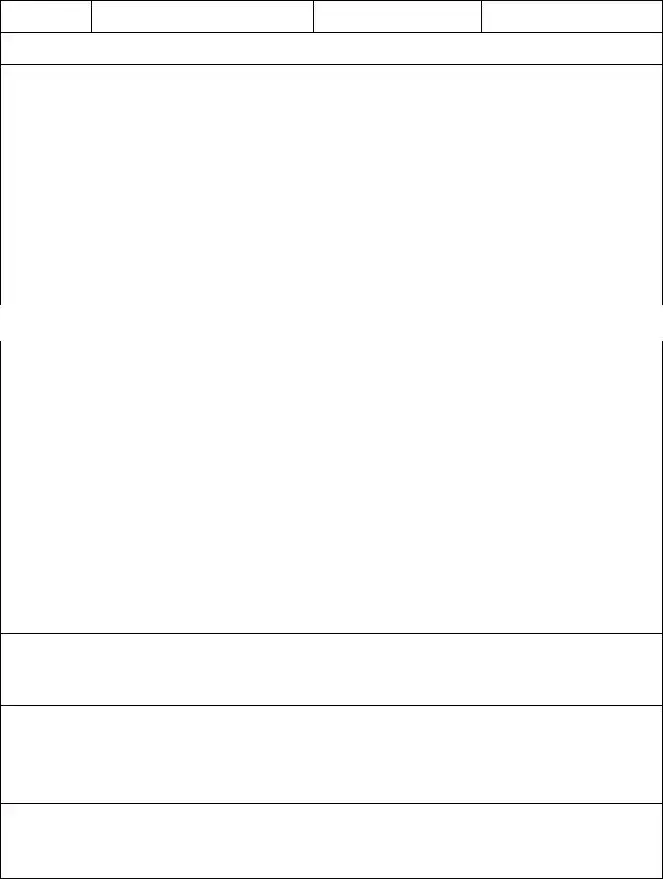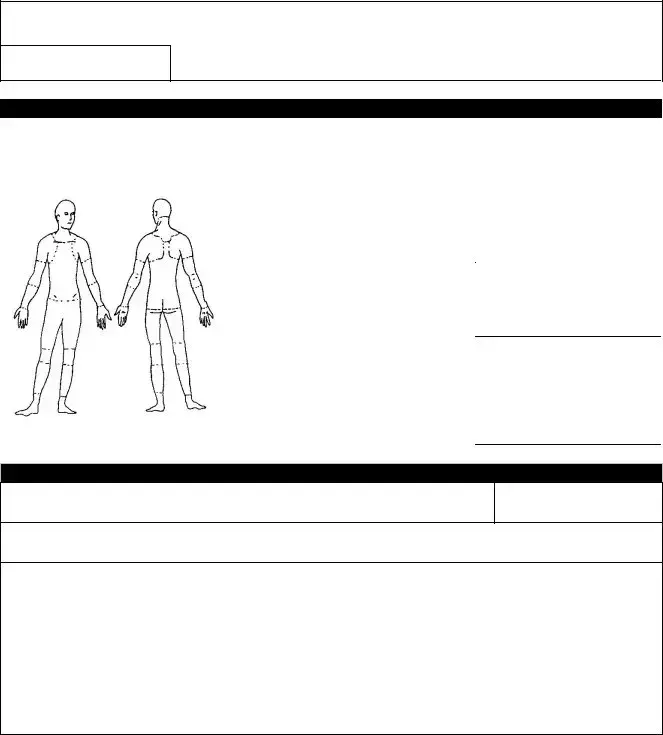Fill Out a Valid Employee Accident Report Template
The Employee Accident Report form is a crucial document designed to record details of any workplace accidents involving employees. This form captures essential information, including the nature of the accident, the individuals involved, and any immediate actions taken. Completing this report accurately is vital for ensuring workplace safety and compliance with regulations.
To ensure a thorough documentation process, please fill out the form by clicking the button below.
Customize Document Online



